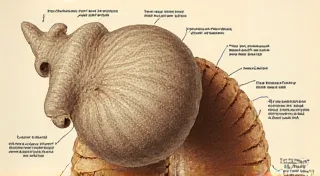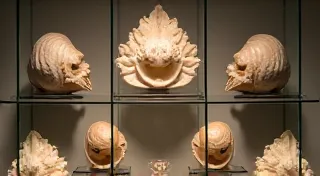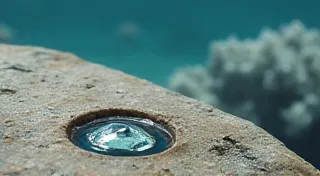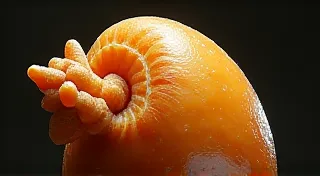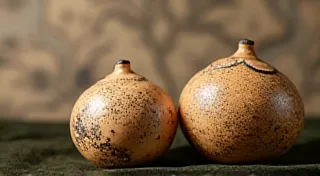Beyond the Beach: Understanding Shell Origins and Geographic Distribution in Vintage Collections
Vintage shell collections aren’t simply piles of beautiful objects; they’re often tangible links to the past, whispers of explorers, naturalists, and beachcombers. Understanding the origins and geographic distribution of these shells allows collectors to deepen their appreciation, gain valuable insights into their age, and even piece together a fascinating narrative of their journey. This article explores how the place a shell came from can unlock stories of its history and connect it to specific cultures and ecosystems.
The Importance of Geographic Origin
The ocean isn’t a uniform entity. Marine life, including seashells, is profoundly shaped by environmental factors like water temperature, salinity, substrate type (sand, rock, mud), and the presence of predators and competitors. Shell species have adapted to thrive in particular habitats, resulting in distinct geographic ranges. Knowing where a shell *should* be found is a key component of identification and provenance research.
Early shell collectors, particularly during the Victorian era, were keenly aware of this. They meticulously documented the locations where their shells were gathered, often including these details on labels affixed to specimens. These labels are now highly prized by collectors, providing invaluable clues to a shell’s authenticity and history. Even without labels, careful observation of a shell's characteristics, combined with knowledge of marine biogeography, can offer compelling evidence of its origin.
Shells of the Caribbean: A Tropical Treasure Trove
The Caribbean Sea, with its warm, clear waters and vibrant coral reefs, has long been a source of spectacular shells. Several species are particularly indicative of Caribbean origin. The Fighting Conch (Strombus gigas), once abundant but now endangered, is a signature shell of the region. Its large size and distinctive shape make it easily recognizable. The Florida Cone (Conus floridanus>) and the Queen Conch (Lobatus costatus>) are other commonly found shells, though their populations are now managed in many areas.
The distinctive pink hues often found in Caribbean shells are partly due to the water quality and the presence of certain algae. These colors, when combined with the characteristic shape and markings of a shell, can provide further clues to its origin.
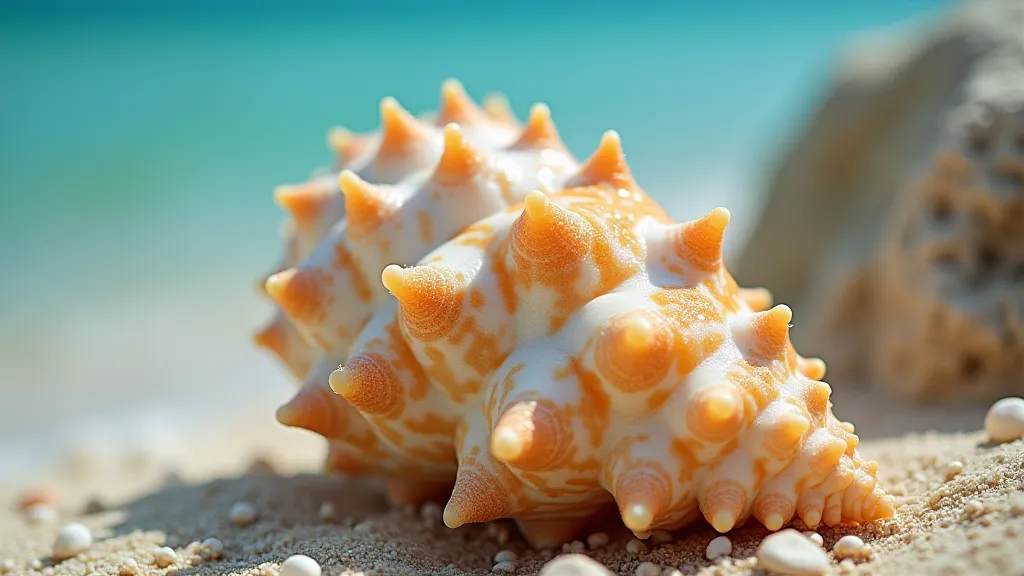
Pacific Islands Shells: A Kaleidoscope of Beauty
The Pacific Ocean, vast and teeming with life, offers a diverse range of shells. From the shimmering sands of the Polynesian islands to the volcanic shores of Japan, each region boasts unique marine life. The Tiger Cowry (Cyprae tigris), with its striking pattern of orange and black spots, is frequently found in the Pacific, particularly around Indonesia and the Philippines. The Hammered Nautilus (Nautilus belcheri>), with its beautifully patterned shell chambers, is another prized shell originating from the Pacific.
The volcanic islands of the Pacific often produce shells with darker coloration due to the mineral-rich waters. Identifying these subtle differences can be vital in determining a shell’s origin. The prevalence of specific types of coral and algae in a region will also affect the appearance of the shells found there. Some collectors are particularly fascinated by the identification of Murex shells, which often display complex patterns and unusual shapes, especially within the Pacific region. Understanding the nuances of their identification can be a rewarding challenge.
Atlantic Coast Shells: From North America to Africa
The Atlantic Ocean, connecting North and South America with Europe and Africa, holds a different collection of shells compared to the Caribbean and Pacific. The Scotch Bonnet (Busycon radula>), common along the North American Atlantic coast, is a robust and readily identifiable shell. The Whelk (Buccinum spp.) is another frequently encountered shell. Along the African Atlantic coast, shells like the Olive Shell (Oliva porphyria>) can be found.
The colder waters of the northern Atlantic often result in shells with a thicker, more robust shell structure. The types of seaweed and other marine vegetation prevalent in a region will also influence the appearance and coloration of the shells found there. Distinguishing between similar species, especially Cone shells, can be surprisingly complex, as subtle variations in patterns and coloration can indicate different subspecies or even entirely different species.
Understanding Shell Variations and Subspecies
It’s important to recognize that shell appearance can vary significantly within a species, even within a relatively small geographic area. Factors such as food availability, water depth, and substrate type can all influence shell shape, size, and coloration. Furthermore, many shell species have subspecies, each with its own unique characteristics. A shell that looks similar to a known species might actually be a subspecies found only in a specific location.
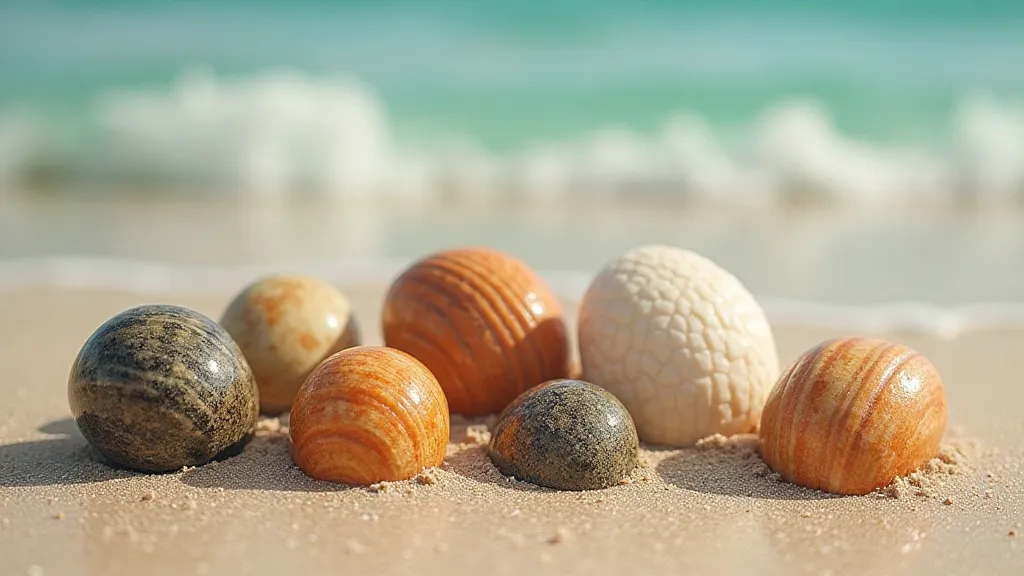
The Role of Historical Context
The history of shell collecting itself provides crucial context. Victorian-era shell collections, for instance, often contained shells brought back from expeditions to far-flung corners of the globe. Knowing the history of a collection can provide clues about the potential origin of the shells it contains. For example, a collection likely to have been assembled by a sailor might contain shells from a wider range of locations than a collection assembled by someone who primarily collected shells from their local beach. The emotional weight and narratives woven into shell collections can be surprisingly evocative, as discussed in thought-provoking pieces like "The Silent Dialogue," which explores how shells can become potent symbols of loss and resilience.
Using Geographic Distribution to Determine Age
While not always definitive, the geographic distribution of a shell can sometimes offer clues about its age. Shell populations can be affected by geological events, climate change, and human activities. If a shell species is now rare or extinct in a specific location, finding a specimen from that location might suggest a certain age range. However, this requires a deep understanding of the historical ecology of the region.
Delving Deeper: Morphology, Environment, and Distribution
Beyond simple geographic location, a comprehensive approach to shell origin identification involves considering the shell's morphology in relation to its environment. Shell shape and ornamentation are frequently adaptations to specific habitats. For instance, shells found in turbulent, wave-swept environments often exhibit thicker, more robust structures, while those from calmer waters may be more delicate and ornate. The type of substrate – whether it's sandy, rocky, or muddy – also influences shell development. Sandy substrates tend to produce shells with smoother surfaces, while rocky environments often result in shells with more pronounced ridges and textures.
The Subtle Language of Shell Markings
Shell markings, including banding, spotting, and color variations, often hold clues to their origin. These markings can be influenced by factors such as diet, water chemistry, and the presence of symbiotic algae. For example, certain types of algae can impart a distinctive pink or orange hue to shells, while variations in water salinity can affect shell banding patterns. Careful observation of these subtle markings, combined with knowledge of local environmental conditions, can significantly aid in identification.
Resources for Further Research
Identifying the geographic origin of vintage shells requires ongoing research and learning. Several resources can aid in this process:
- Museum collections: Examining shells in museum collections can provide valuable comparisons and insights into regional variations.
- Field guides: Detailed field guides specific to particular regions can help identify shells and understand their distribution.
- Online forums and communities: Online shell collecting forums offer a platform for sharing knowledge and asking questions.
- Scientific literature: Academic papers on marine biology and shell identification provide in-depth information.
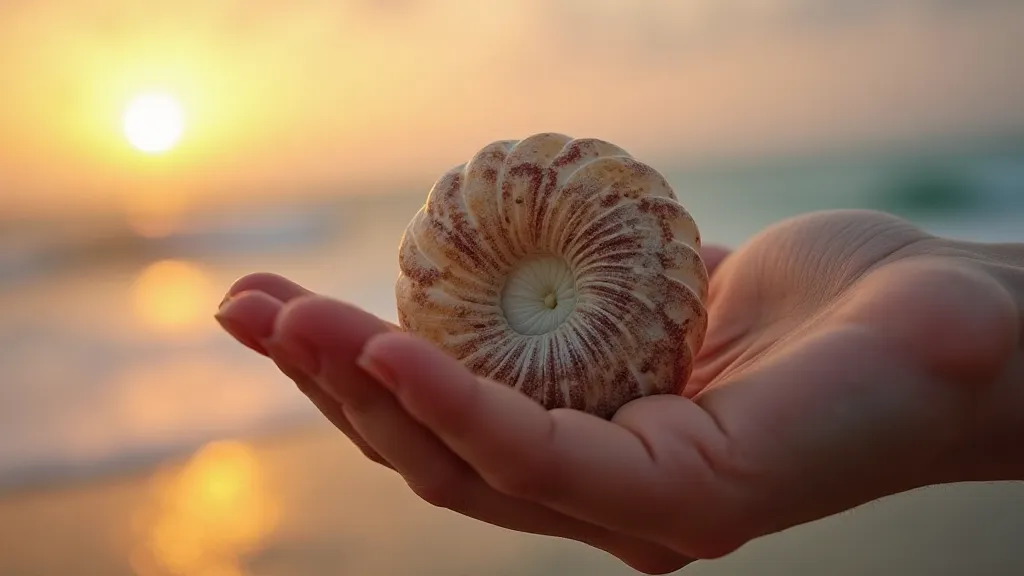
The Art and Science of Shell Identification
Ultimately, understanding shell origins is a fascinating blend of art and science. It requires careful observation, a thirst for knowledge, and a willingness to connect with the natural world. By combining these elements, collectors can unlock the captivating stories hidden within these treasures of the sea. Furthermore, understanding the identification of Auger shells, with their distinctive elongated shapes, can provide valuable insights into the diversity of marine life in various coastal regions. The more one understands the intricacies of shell morphology and the environments they inhabit, the richer the collecting experience becomes.
Conclusion
Beyond their aesthetic beauty, vintage shells hold stories of exploration, natural history, and cultural exchange. Understanding the origins and geographic distribution of these shells enhances our appreciation for their significance and allows us to connect with the environments and cultures that produced them. By combining careful observation, historical research, and a commitment to learning, collectors can unlock the fascinating narratives hidden within these treasures of the sea.
